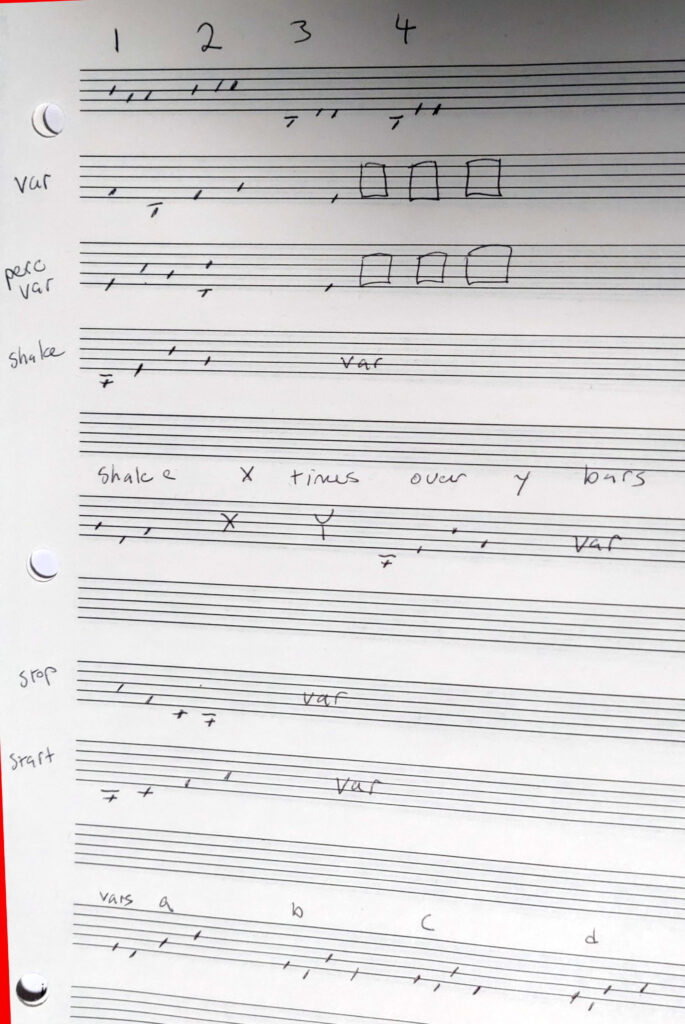Live blogging AMRO.
e-waste arrives by the trtruckload in some Indian cities. This is disassembled. Another group of people will try to retrieve metals using dangerous, polluting processes. More workers will smelt the reclaimed.metal. They make faucets and like connectors.
However, thrre is a lot of waste and runoff. This is dangerous. Metals end up in top soil.
Yoir smart phone is 54% metal. Mining these causes massive pollution. More than 81% of this metal ends up in an unknown place after being in your phone. Every year, we make 50 millions of e-waste. This is the size of Manhattan.
The US recycles less than 10% of ewaste. Europe is better. (Maybe). The value of the materials in the waste is very high.
e waste is generated in the global north and exported to the global south.
Making computers needs water, fuel and metal. Making chips uses.much more energy than the computer will consume in power consumption during its life.
E waste ends up I’m Acra, where people liveamongst the waste. Workers burn computers to access metals. They were given machines to strip cables, but sold them.
Post industrial pollution also exists in Austria. Old factories have toxic soil and ground water pollution. Some of these toxic places are used by dogwalkers. Could hyperaccumulators help?
Some of the plants are non native and don’t cope well with Austrian weather. But if it did, this would be invasive.
Serpentine soil has toxic dust.
Toxic stories is a collection of an audio archive of people working in remediation.
Earthworm traffic moves soil around which makes toxins hard to measure.
Q: Is gold recycled from e waste because its valuable or because its easy?
A: Different methods get some materials while sacrificing others. So gold may be prioritised. Informal recycling has poor recovery rates. Recycling also is energy intensive.
Recycling could maybe be enabled by making it the responsibility of the producer.
Q: How is labour connected to pollution?
A: Labour conditions in recycling in India is exploitative. Poor people work in dire conditions. The work environment is terrible in Ghana, but displaced rural workers find it an accessible job. Young people aren’t worried are about their health when they start. Its like smoking, said one person.
Q: How has global capital pushed ewaste onto poor countries? Can we change that?
A: There are EU regulations and policies requring European ewaste to be recycled in Europe. But unethical traders claim that they are selling second hand computers. A lot of trash ends up in west Africa.
Capitalism requires inequality. We couldn’t “afford- cheap stuff if we paid globally fair wages. This has implications with regards to externalities, mining, pollution and environmental stewardship.
Recyclers now also have working smartphones.
The price of nickel has spiked in the last year. Hyperaccumulators allow more possibilities for mining as it doesn’t look like mining.
Q: What if you had clothes as a service? Do we own our computers or phones if we can’t modify it? Is there a tradeoff where wecan meaningfully control our phones if we don’t own them?
A: The European Green Deal includes extended producer responsibility. However, meaningful recycling access will need design changes that take end of life into account. Goods should be disassemablable.
India has an ewaste law that’s been in place for years. NGOs had to sue producers. The producers, however, use the informal sector to meet recycling targets. On paper everything is perfect.
Comment: Reduce is the first word in reduce reuse recycle. Badly written software drives the upgrade cycle. Linux is part of the answer.
(In the UK, poor people did not want refurbished linux laptops because it made them feel stigmatised.)
